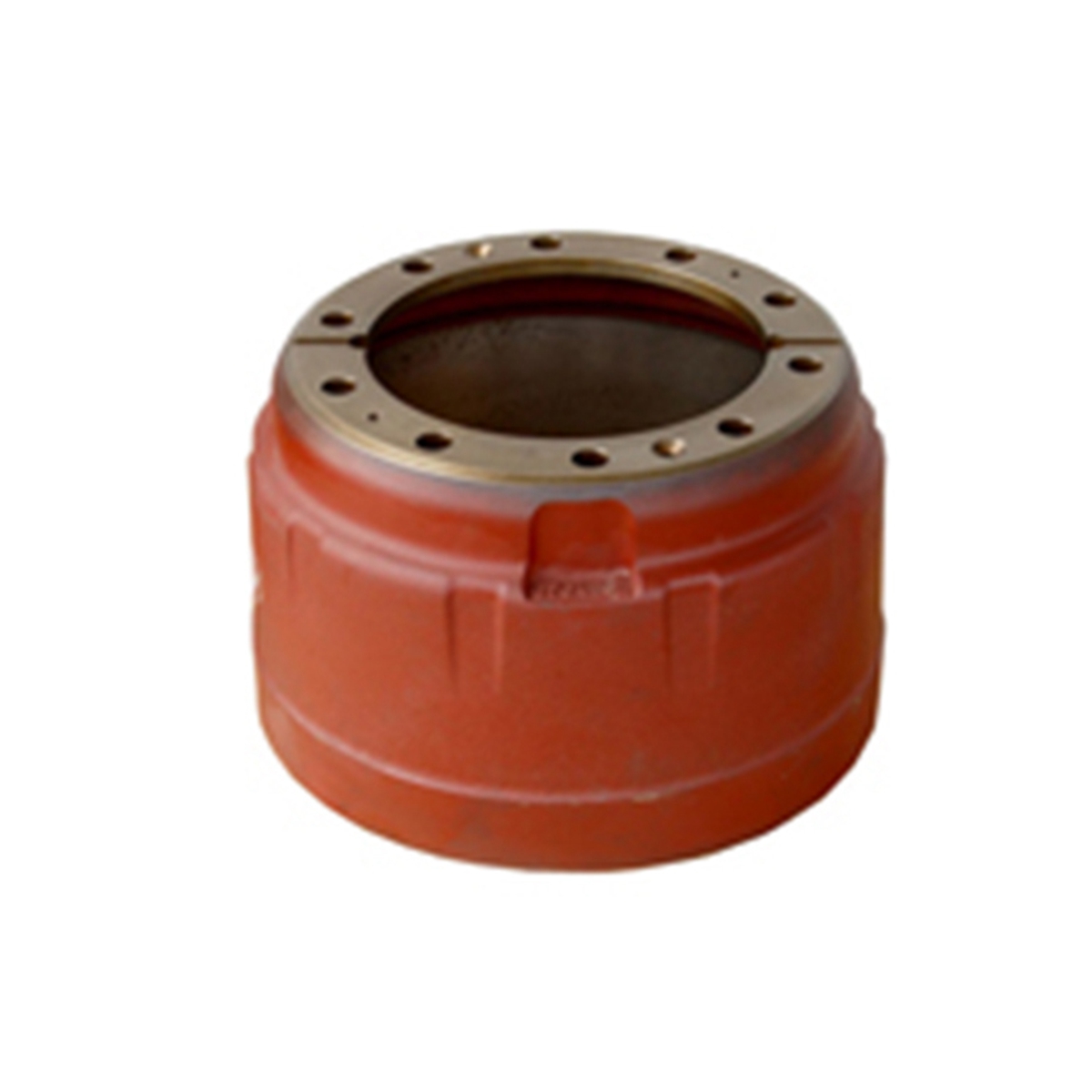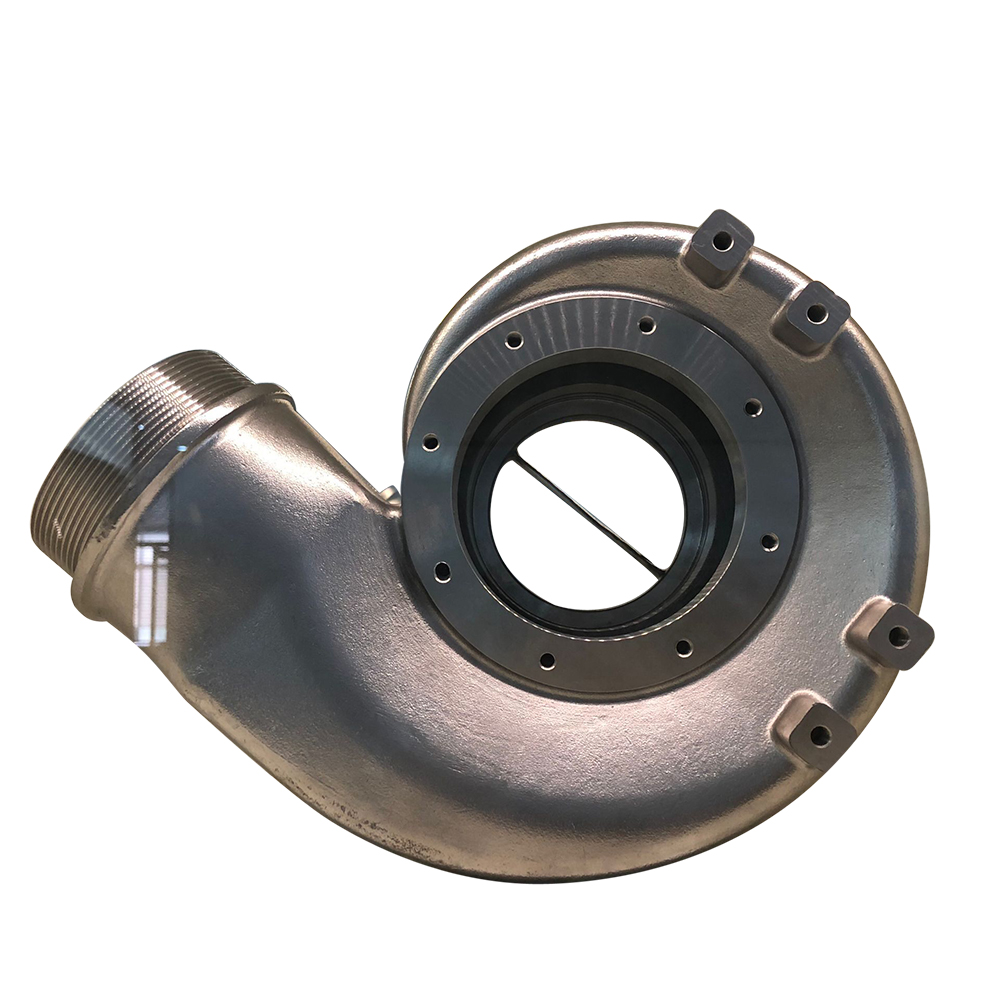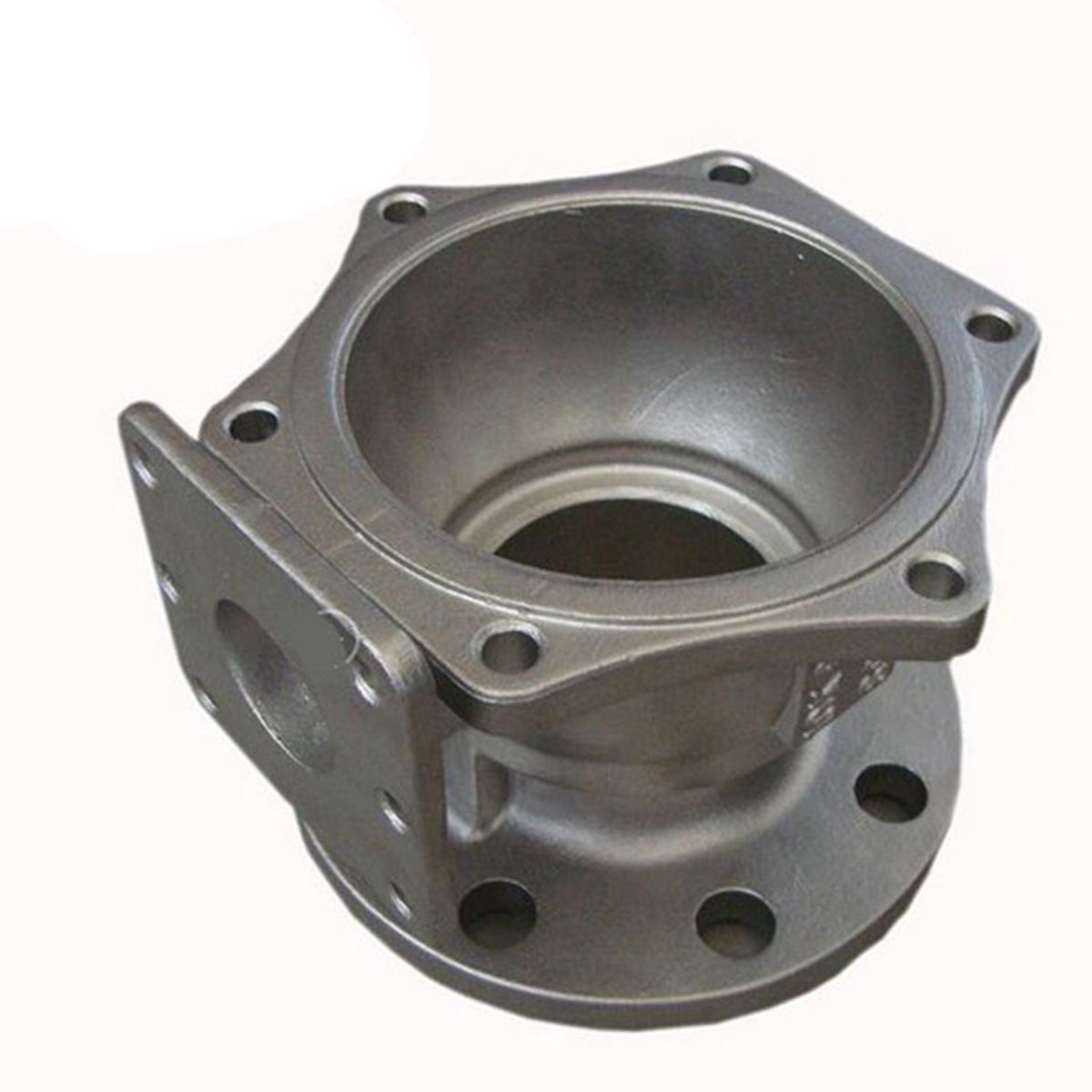Sheet metal fabrication involves cutting parts from metal sheets. The blanked sheets may then be processed through brakes and die presses to create angular bends and forms, building a 3-dimensional structure. Sheet metal services feature stamping to produce these parts at rapid paces. In fact, stamping is faster than any other metal-working process.
How It Works
Stamping machines cut and bend parts out of sheet metal. Workers feed stamping presses a cut or coil of sheet metal. The machine straightens the metal as it is fed into the press. Strategic application of force allows manufacturers to adapt the shape of parts. Bending applies force at an angle, for example, creating a desired angle in the part. Manufacturers use press brakes for this process, which are available in different sizes and lengths to accommodate the needs of the manufacturer. Sheet metal parts can be welded or riveted to create structural elements. Press-fit inserts, such as PEM inserts, can add mating features like bosses, threads, and more without the need of custom machining.
Sheet Metal Materials
Sheet metal is often made of aluminum, copper, or steel. Sheet metal also has a wide variety of finishes. This includes anodizing, plating, powder coating, and painting.
Use Cases and Industries
Stamping makes sheet metal fabrication highly scalable for any industry. It is ideal for high volumes and low unit costs. High-volume, functional parts like enclosures, chassis and brackets often feature sheet metals.
But the tooling cost for stamping is often higher than with other processes. Still, manufacturers create hundreds of millions of parts in the appliance, electronic, and automotive industries each year. Sheet metal and stamping are uniquely optimal for robotics.




